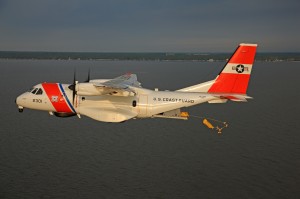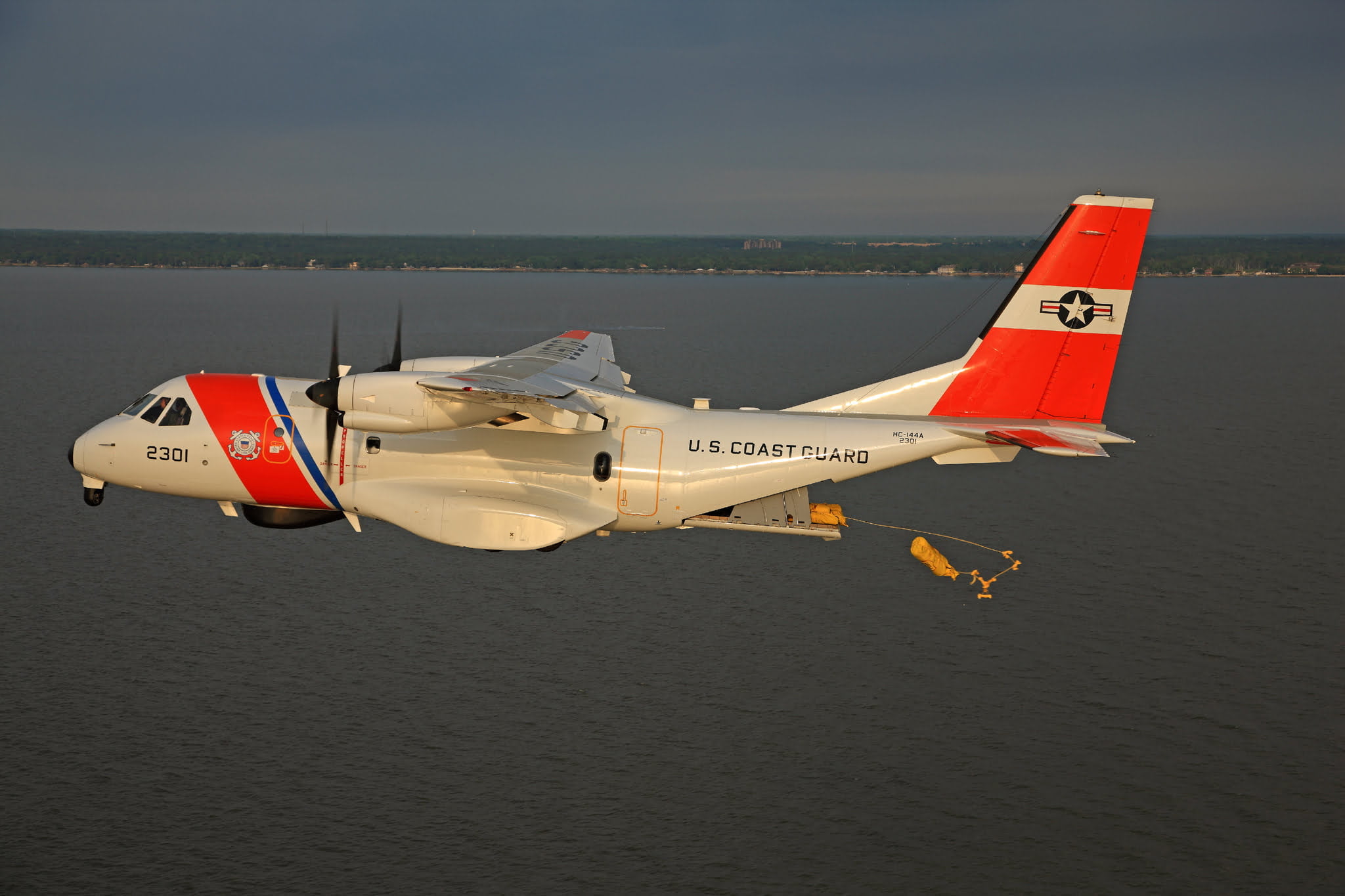The USCG C-130 and Ocean Sentry fleet provide significant and crucial coverage for the maritime air arm for the USCG.
As we have argued: The maritime patrol aircraft, the C-130s and the helos form together the surveillance, lift and action team, which provide significant capabilities to extend the reach of the USCG and joint surface assets. With the new platforms, which are being introduced into the USCG, the MPAs, the upgraded C-130s and networked enabled helo assets, the capability to work with the joint team is significantly enhanced.
https://www.sldinfo.com/shaping-a-21st-century-uscg-the-key-role-for-maritime-patrol-aircraft/

And as one commander described the impact of the Ocean Sentry on operations at Air Station Miami:
SLD: Presumably multi mission in terms of not just ISR but multi mission in terms of lift and carry as well.
Captain Kenin: Yes. That gives you a lot of the flexibility given that you are a smaller air force yet a lot of flexibility built into the new aircraft. Multi mission is huge especially in this AOR because there is so many different places that you go and need to shift tasks in flight.
SLD: I assume that as you stand up the new aircraft it will take time to evolve the capabilities and your con-ops in shaping those capabilities. It will be important to build in tolerance for evolution, tolerance for change in shaping capabilities over time. Is that something you worry about, having the tolerance for evolution of the capabilities, rather than folks expecting perfection up front?
Captain Kenin: You are right. We need to build space for evolution. We have a pretty good product, but not where we need to get to from the git go. The sensors themselves are pretty good. The aircraft has a good radar. We are checking out; it has done pretty well in testing. But the complaint about it is, it is difficult for the operators to use. You want something that works well but it is the operators and you hit upon it. It is, can the operators use it?
The most expensive sensor in that airplane, it is the pilot. We have spent a ton of money on these people. It is the sensor operators, those people, in any organization, at any airline out there, it is the pilot we train, it is the sensor operators. Give them the tools that actually work.
And that is what we are dealing with regard to the pilot. Now the concept is great. It is multi mission. Now, we paid a lot for it to be a multi mission. If you look at like the Dash 8’s and those kind of airplanes, P 3’s, there is no ramp, there is no way they can be a logistics in that airplane. But it is easier for them because they load up stuff in the back and they just do total sensor missions. This airplane, we have a ramp. I can throw a rotator blade on the back of it. I can do a lot of different things. So I think it is a nice fit for what we do here because you can look at the AOR and there are a lot of short runways that we could not do in the FALCON. Now we can. They are all up and all available.
SLD: The CASA aircraft was designed in part to operate in the Mediterranean and the Caribbean has a great deal of similarity, I would assume that the fit is pretty good.
Captain Kenin: It is and we need the loiter time this aircraft has. We really need the airplane that can stay out 7 or 8 hours and that is important for a number of different reasons. First is that you can actually cover the ground that you need to. Second, it takes a long time for the ship to get there. And we have problems in the past when I found the ship, but now I had to leave and now we lost it. And then by the time the ship or another asset comes, whether it would be CBP or another Coast Guard asset, it is difficult to find they are gone. And we play a lot of cat and mouse with smugglers in the Caribbean overseas, so it is important to be able to find these folks because they will try to dodge and hide until we are forced to leave.
SLD: So the multi-mission capabilities of the aircraft coupled with the loiter time of the aircraft fits your AOR and you multi-mission con-ops pretty well?
Captain Kenin: We believe so. Our resources are multi-mission, our people are multi-mission. And the Navy and DOD and the other services have that luxury of having specialized people. But our guy is doing that and he is running up front dropping a pump, he is going back to fill the aircraft. He is doing all this other kind of stuff.
According to the Airbus Military press release:
Airbus Military, via the prime contractor EADS North America, has delivered the 13th HC- 144A Ocean Sentry maritime patrol aircraft to the U.S. Coast Guard from its final assembly line in Seville, Spain, two months ahead of the contractual delivery date. The HC-144A is based on the Airbus Military CN235 tactical airlifter, more than 250 of which are operated by 27 countries.
The Ocean Sentry is replacing the Coast Guard’s aging fleet of HU-25 “Guardian” jets and some older HC-130H aircraft, and has seen service in a wide variety of missions since achieving initial operational capability with the Coast Guard in 2008. Earlier this month, an HC-144 Ocean Sentry crew located a private aircraft that had gone down in waters off the coast of Andros, Bahamas, and provided support for a successful rescue of the two passengers by Coast Guard helicopter.
In addition to search and rescue, the Coast Guard is utilizing the Ocean Sentry’s superior endurance and flexibility for missions including maritime patrol, cargo and personnel transport, intelligence/surveillance/reconnaissance, and disaster relief.


